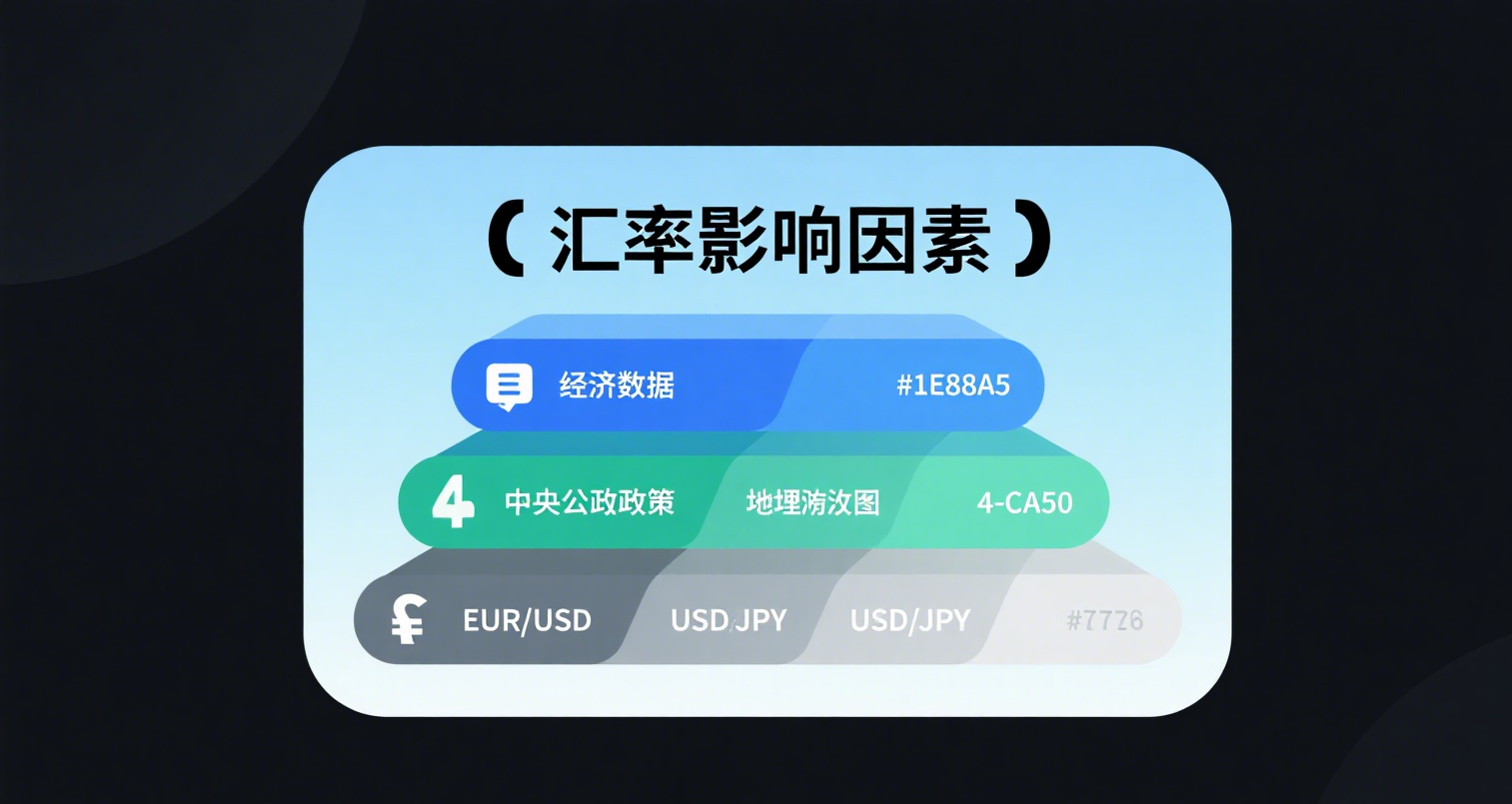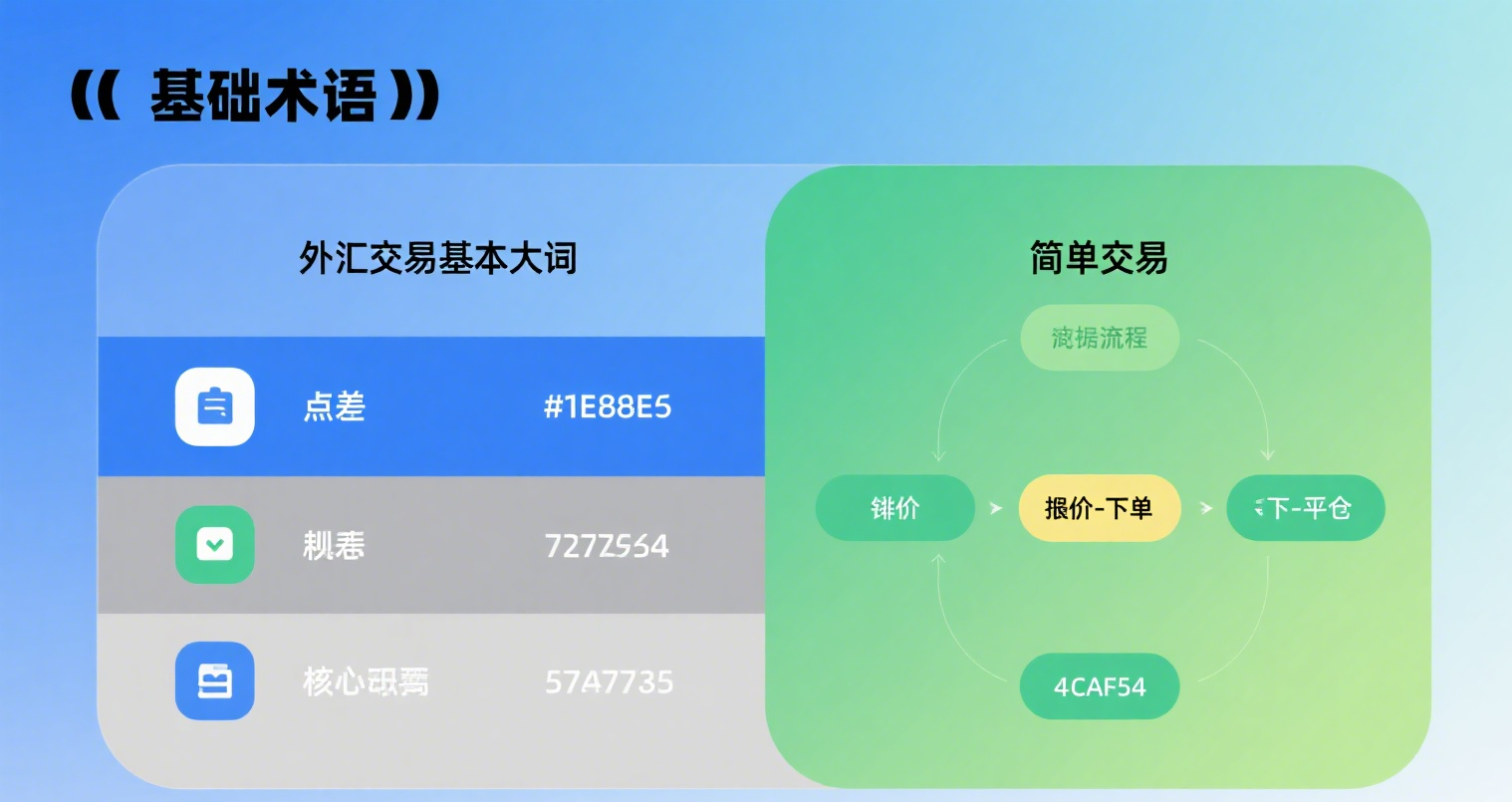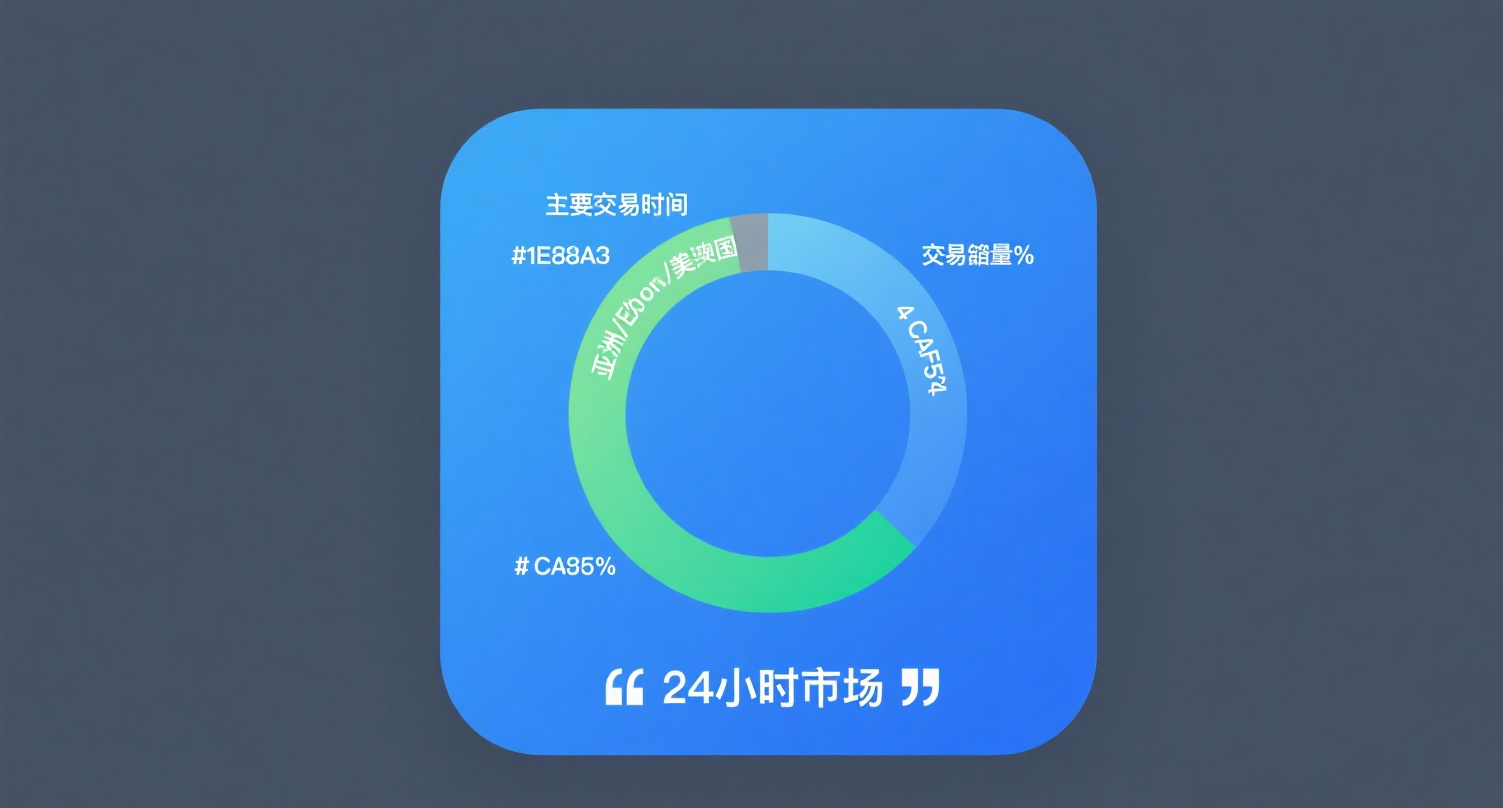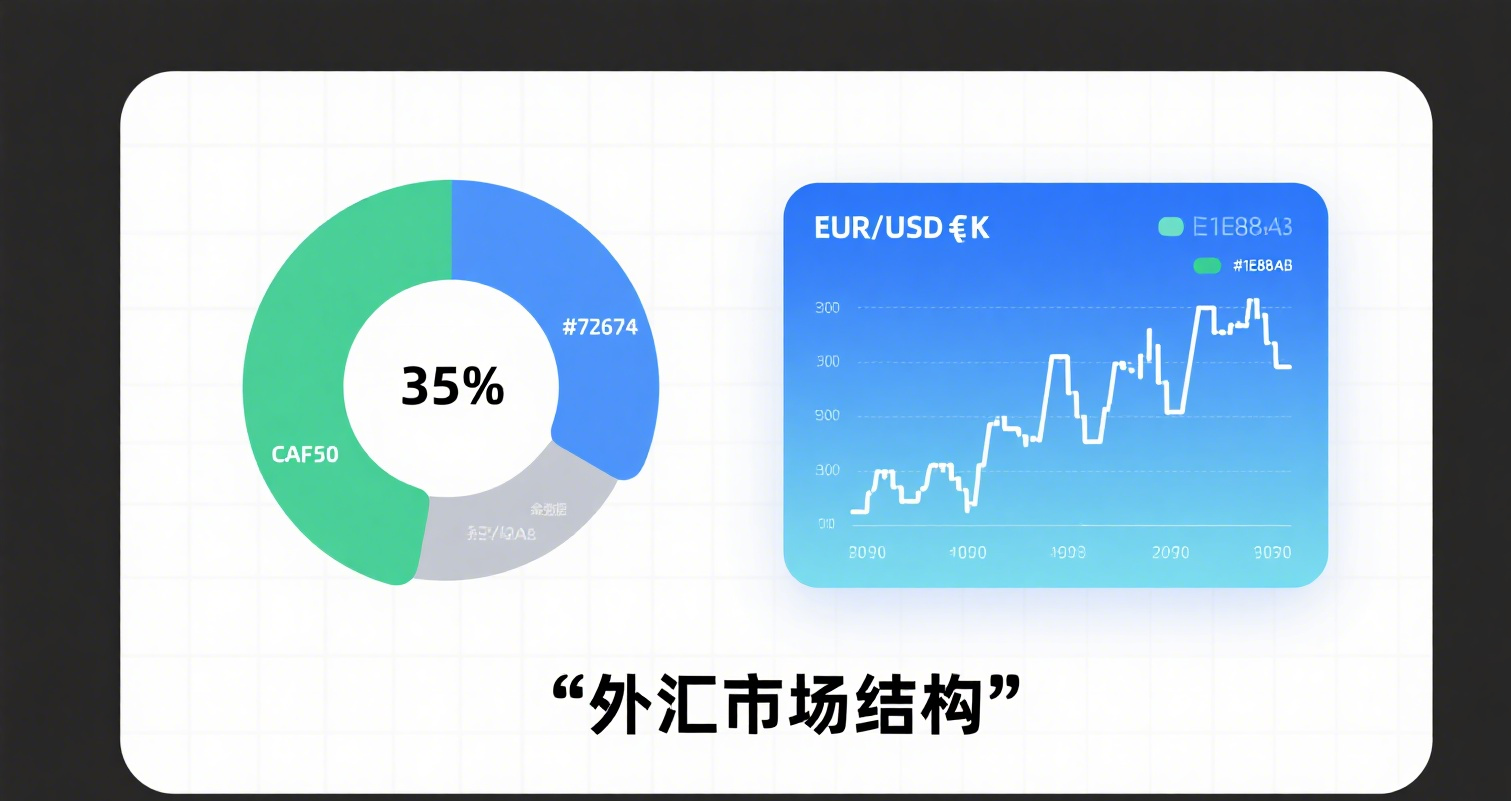
Price indices can be decomposed into three levels of movement:
1. Primary trend waves;
2. Secondary reaction waves;
3. Daily noise fluctuations.
The first-level fluctuation, namely the primary trend wave, is the most crucial price movement, commonly referred to as bull or bear markets, which can sometimes last for several years.
The second-level fluctuation, namely the secondary reaction wave, is the most deceptive price movement, lasting no less than three weeks.
The third-level fluctuation, namely the daily noise, is the most meaningless price movement.
The two primary psychological weaknesses of investors are "greed" and "fear." From a psychological perspective, secondary reaction waves primarily trigger investors' "fear" weakness, while daily noise mainly activates their "greed" weakness. Every experienced investor can reflect on instances where they were shaken out or deterred from entering the market by secondary reaction waves—results of fear, such as fear of losing unrealized profits or fear that the market has reversed. Similarly, every experienced investor can recall instances where daily noise triggered their greed, such as making wrong entries to catch rebounds that ultimately led to significant losses.
In summary, most investors in securities and futures markets make small profits at the level of secondary reaction waves and daily noise but suffer major losses at the level of primary trend waves, resulting in net losses. In contrast, a few astute professional investors incur small losses at the level of secondary reaction waves and daily noise but achieve substantial gains at the level of primary trend waves, making them net winners.
Thus, correctly and accurately distinguishing between primary trend waves, secondary reaction waves, and daily noise is crucial for investment success. However, regarding methods to differentiate these waves, we have the following corollaries:
1. No technical method can achieve 100% accuracy in distinguishing primary trend waves, secondary reaction waves, and daily noise.
Investors must understand that the classification of these three price waves, as proposed by Dow, can never be perfected. Investors must allow for a certain margin of error in their analytical methods for distinguishing these waves.
2. There is no single definitive method to distinguish primary trend waves, secondary reaction waves, and daily noise.
Dow's proposed classification method is not the only approach. When studying specific investment targets, investors should consider comprehensive factors such as: statistical characteristics of price fluctuations, investor psychology, characteristics of investment capital (e.g., risk profile, return expectations), market trading rules, order turnaround cycles, transaction costs, and market sentiment. Depending on these factors, investors may arrive at different classification results for different investment targets. The accuracy of these classifications is ultimately determined by the market.
3. There may exist a sequential and cyclical transformation relationship among primary trend waves, secondary reaction waves, and daily noise.
From Corollary 2, it can be inferred that primary trend waves, secondary reaction waves, and daily noise may transform sequentially. Identifying this cyclical transformation can enable investors to achieve:
(1) Optimal investment strategies;
(2) Diversification of investment risks;
(3) Maximized utilization of investment capital, i.e., faster capital turnover.
4. The definition of this cyclical transformation is not arbitrary and has termination points.
















